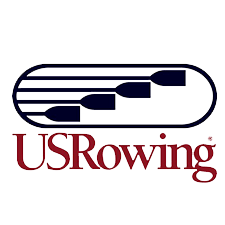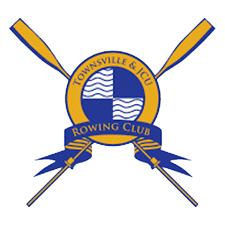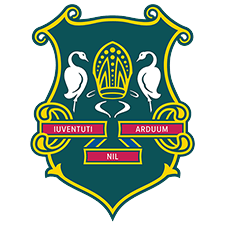How to avoid rowing boat crashes (and deal with them) Pt.1
Water safety is very important in rowing, and crash safety most of all. There are many ways to avoid crashes in rowing but more importantly you\’ve got to know how to deal with a crash if it occurs. Sometimes you can’t avoid a collision. Rowing boats are small and bigger boats can have trouble seeing them while speedboats coming around a corner often don’t have the reaction time to avoid them.
Don’t jump out of the water just yet though, we’re here to tell you how best to avoid crashes and how to deal with them if they do occur:
Know the rules of the road
Nothing helps you avoid collisions like knowing the rules of the waterway you row in. Take your time to learn:
- Rowing terminology: bow, stern, weigh enough (weigh nuff), etc…
A map of your regular rowing routes, any seasonal or tidal changes and shallow areas.
- Where rowers are and are not allowed in your local waterway (protected areas).
- Equipment you need to row safely (e.g. lights for your boat to row at dawn and dusk).
- Pre-outing safety checks – heel restraints on shoes, bow ball, coxswain with life jacket, sealed hatch covers
These will be your tools for rowing safely within your surroundings and keeping away from potential danger areas.
Look around more often
Other boats aren\’t the only threat out on the water. Stationary objects (especially rocks or other objects that could be hidden under the surface of the water) are particularly dangerous and may not be marked with buoys.
Train your coxswain and your crew to take the time to check the water around you. This can be done between pieces, while the crew is turning / resting / listening to the coach. Some rowing safety websites and club rules suggest a map be created with hazards and changes with tide and season for rowers to follow.
Know what you would do before a collision
No matter how much you try to avoid a collision and make your crew aware, accidents do happen. Sometimes you can see the approaching danger and other times it’s a surprise.
Follow a set procedure to warn other boats of your presence….
If you’re about to crash:
- Stop your boat or steer away from the hazard if you have time to take avoiding action.
- Yell to catch the attention of other boat(s) and call warnings “Pair, TAKE A LOOK”. “Attention”. “Watch out eight”.
- After a successful avoidance maneuver, check your surroundings and think about why the near miss collision was imminent so you learn and adjust for the future.
- Based on number 3, move to a safer rowing location or take the boat back to shore to discuss the danger with your coach and rowing club committee.
In part 2 we’ll discuss what to do if you do collide.




















